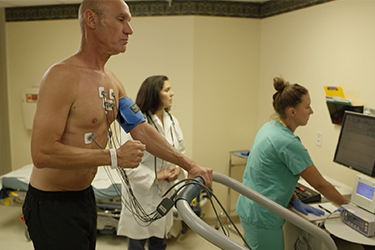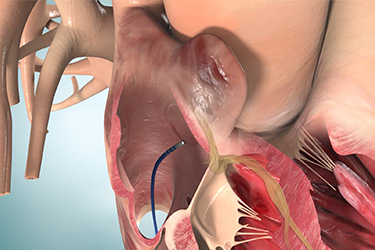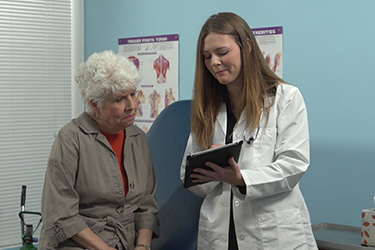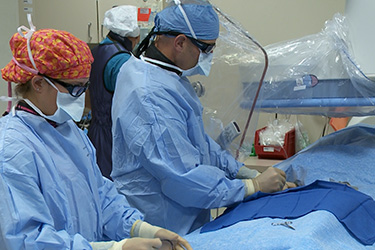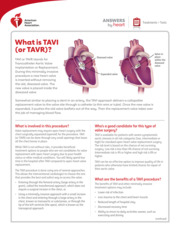Diagnostic Tests
Minimally Invasive Procedures
Angiography/Angioplasty
Show more
The Angiography Procedure: What to Expect
Angiography: Understanding the Risks
What is Coronary Angioplasty?
The Angioplasty Procedure: What to Expect
What is a Heart Stent?
Angioplasty and Stenting: Understanding the Risks
Angioplasty: Your Hospital Recovery
Angioplasty: Your Home Recovery
Angioplasty: Medications
After Angioplasty: Understanding Short-Term Complications
Angioplasty: What is Restenosis?
What Is a Coronary Angiogram?
Text in
English
What Is Coronary Angioplasty?
Text in
English
Balloon Angioplasty and Coronary Artery Bypass Surgery
Pacemaker
Implantable Cardioverter Defibrillator (ICD)
Show more
ICD: Implantable Cardioverter Defibrillator
Understanding Your ICD
Answers to Common Concerns About Getting a Heart Rhythm Device
Before and During the ICD Implant Procedure
ICD: Your Immediate Recovery Following the Implant of Your ICD
Adjusting to Life with Your ICD
What Is an Implantable Cardioverter-Defibrillator (ICD)?
Text in
English
